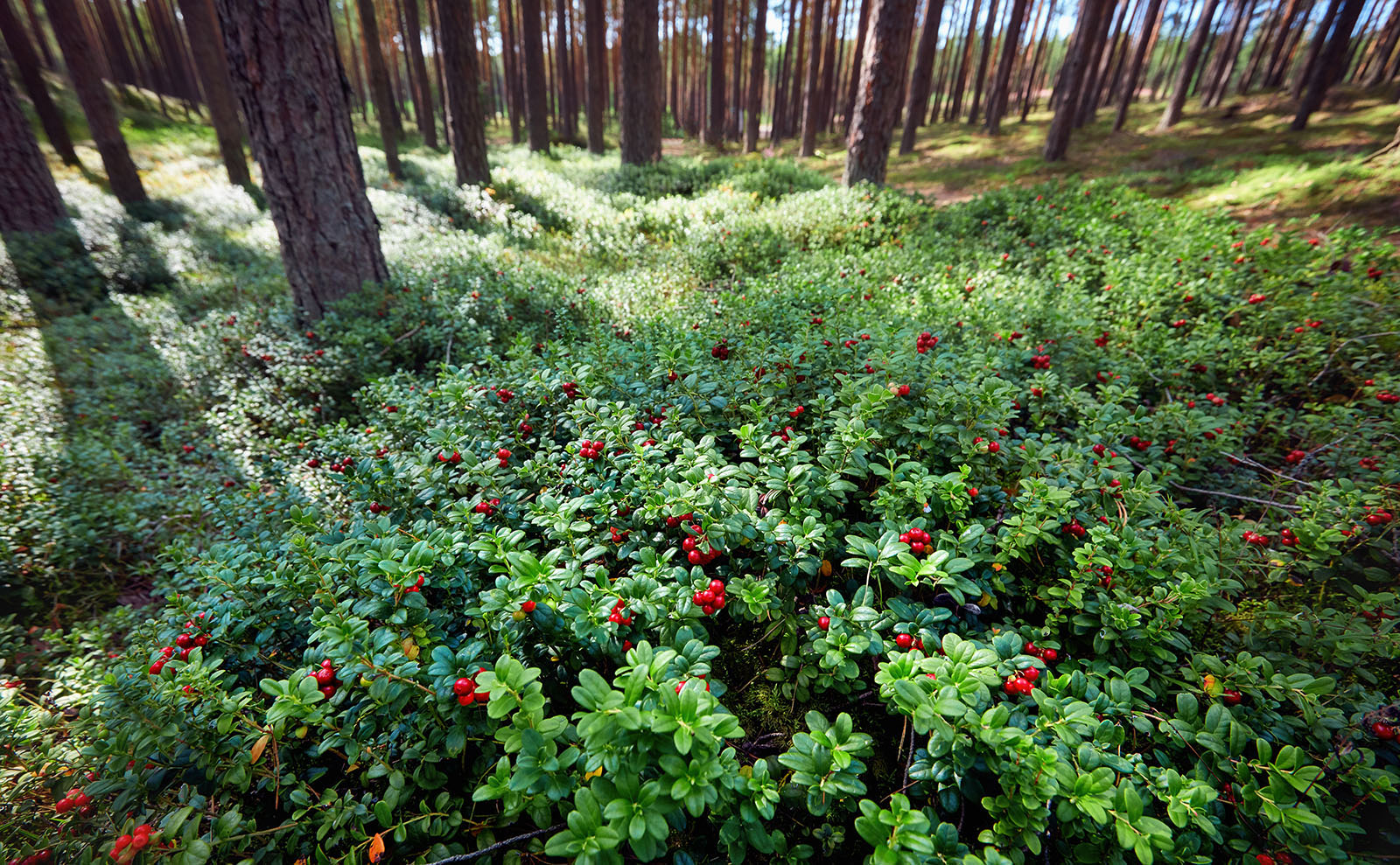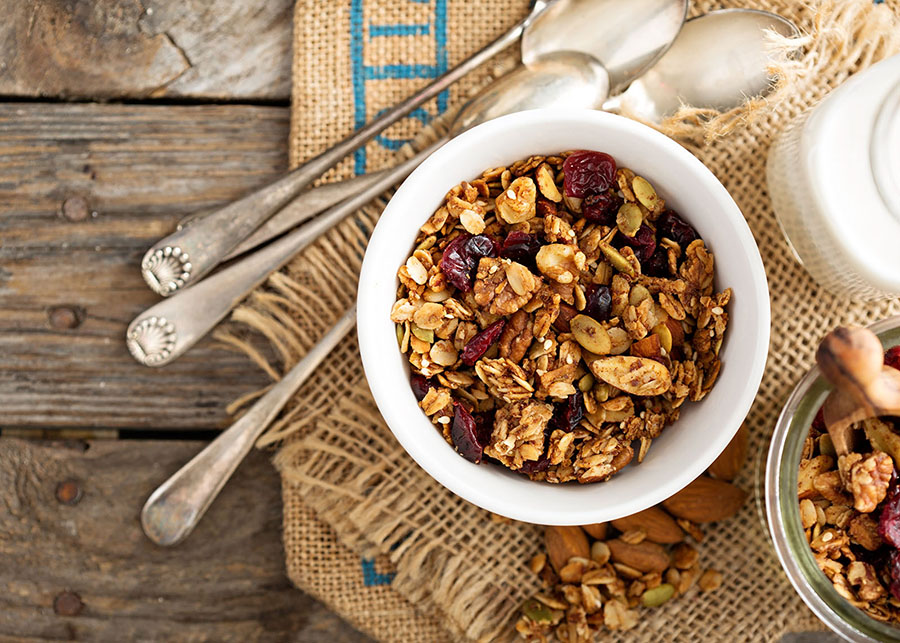
Armchair travel around the world!
Start your reading adventures with our FREE Reading Atlas.

- Around the World in 14 Books
- 7 Thrilling Book Series
- 6 Audiobooks That Are Like Theater For Your Ears



Food and drinks are some of the easiest ways — and the most fun— to vicariously experience another culture. When you add a great book to the mix, you've got the makings of a perfect evening. In Food+Fiction, we recommend a delicious read and a related recipe so you can try the taste of different destinations in your own kitchen.
This post is part of our Food+Fiction series.

In the Grimm brothers’ version of Hansel and Gretel, the poor, hungry children were abandoned in the forest by their father (kind but overwhelmed) and his wife (cold-hearted). Left to wander in the woods for days, the children eventually stumble upon a house made of gingerbread with a cake roof and windows of spun sugar.
After helping themselves to a few handfuls of roof and windowpanes, they’re discovered by a witch (!) who takes them inside and feeds them ‘milk and pancakes with sugar, apples, and nuts.’ But that duplicitous crone had built the house of sweets only to lure the children into her deadly clutches.
Young Hansel is trapped in a cage and fed treats, all the better to fatten him up for the witch’s future feast. But Gretel eventually gets the upper hand — courtesy of a well-timed shove of witch into oven — and the children return home to be reunited with their dear father. (Here’s the origin of the fairy tale and a LibriVox recording.)
The novel The True Story of Hansel and Gretel transforms the old story, relocating the action to the forest of World War II Poland. In this version, the witch is a hero; the villains are Nazis; and the forest is a primary character. Sadly, the gnawing hunger and icy cold suffered by the children remain.
But, a rarety among WWII novels, this novel delivers — if not the fully happy ending of the Grimms’ fairy tale — at least a life-affirming and hopeful conclusion.
This granola is easy to make — you’ll wonder why you ever bought granola from a store — and is grain-free; just power-packed fruit and nuts here! It travels well in pockets and backpacks, just in case you should feel peckish on your own treks through the forest. It’s also pretty enough to share at parties and tastes amazing sprinkled on top of Greek yogurt.

Makes about 3 cups. Prep 5 minutes. Bake 25 minutes.
Prep. Preheat oven to 375F/190C. Cover a large baking sheet with parchment paper. Set aside.
Roast the nuts. Coarsely chop the almonds and walnuts; place in a large mixing bowl. Add the pepitas and coconut flakes. In a small bowl, combine oil, vanilla extract, cinnamon, and nutmeg; stir to combine. Pour the oil over the nuts, tossing with a rubber spatula until everything is combined and coated.
Add the fruit. Spread the nuts on the baking sheet and roast in the oven for 5 minutes. Meanwhile, finely chop the dates and place them in the large mixing bowl, along with the raisins and cranberries. Remove the nuts from the oven and add to the bowl with the dried fruit. Mix to combine, then drizzle with the honey, and mix again. Return the granola to the baking sheet, spread it in a single layer, sprinkle with the salt, and return it to the oven. Roast 5-7 minutes, stirring occasionally, until everything is crisp and toasty.
To serve, remove the tray from the oven and allow the granola to cool completely. It should get clumpy like the best granola does. Nibble at will! Store leftovers in an airtight container.
It is finished. The tale is told truthfully, and truth is no heavier, no more beautiful than lies. Yet there is something that makes me love the truth, and that love made me wander and worry until the truth was given to you, like a gift. For this in the end is what we have. The love of something. Wild ponies. A kiss salted by tears. The scent of raspberry syrup in a bottle. Oranges. Two lost children who come to your house in the dark forest. There is much to love, and that love is what we are left with. When the bombs stop dropping, and the camps fall back to the earth and decay, and we are done killing each other, that is what we must hold. We can never let the world take our memories of love away, and if there are no memories, we must invent love all over again. The wheel turns. Blue above, green below, we wander a long way, but love is what the cup of our soul contains when we leave the world and the flesh. This we will drink forever. I know. I am Magda. I am the witch. — Louise Murphy
Set in the forests of Poland during the last days of World War II, this is a gripping retelling of the classic fairy tale Hansel and Gretel. It draws insightful, poignant parallels between the dark morality of fairy tales and the brutality of war. {more}
This fairy tale retelling (297 pages) was published in July of 2003 by Penguin. The book takes you to the forest of WWII Poland. Melissa read The True Story of Hansel and Gretel and loved it; it wouldn't be on our site if she didn't recommend it.
Bookshop.org is an online bookstore with a mission to financially support independent bookstores and give back to the book community.
Top image courtesy of Olesia Bilkei/Shutterstock.
Want to keep up with our book-related adventures? Sign up for our newsletter!
Can you help us? If you like this article, share it your friends!
Strong Sense of Place is a website and podcast dedicated to literary travel and books we love. Reading good books increases empathy. Empathy is good for all of us and the amazing world we inhabit.
Strong Sense of Place is a listener-supported podcast. If you like the work we do, you can help make it happen by joining our Patreon! That'll unlock bonus content for you, too — including Mel's secret book reviews and Dave's behind-the-scenes notes for the latest Two Truths and a Lie.
Join our Substack to get our FREE newsletter with podcast updates and behind-the-scenes info — and join in fun chats about books and travel with other lovely readers.

We'll share enough detail to help you decide if a book is for you, but we'll never ruin plot twists or give away the ending.
Content on this site is ©2025 by Smudge Publishing, unless otherwise noted. Peace be with you, person who reads the small type.